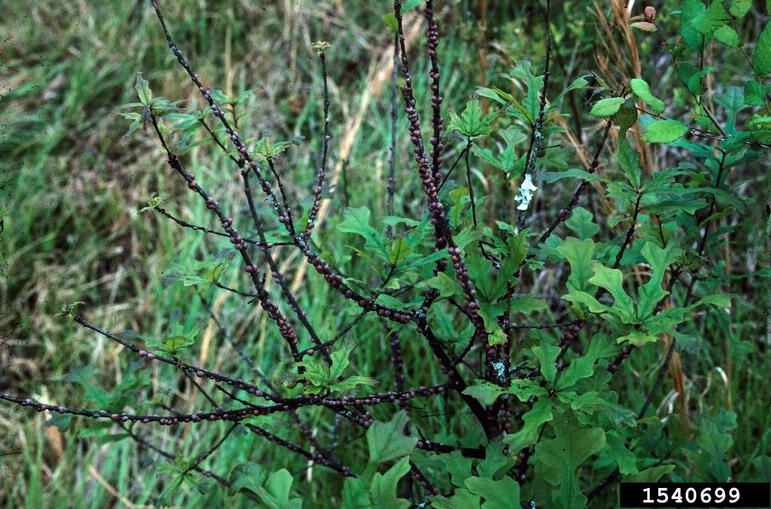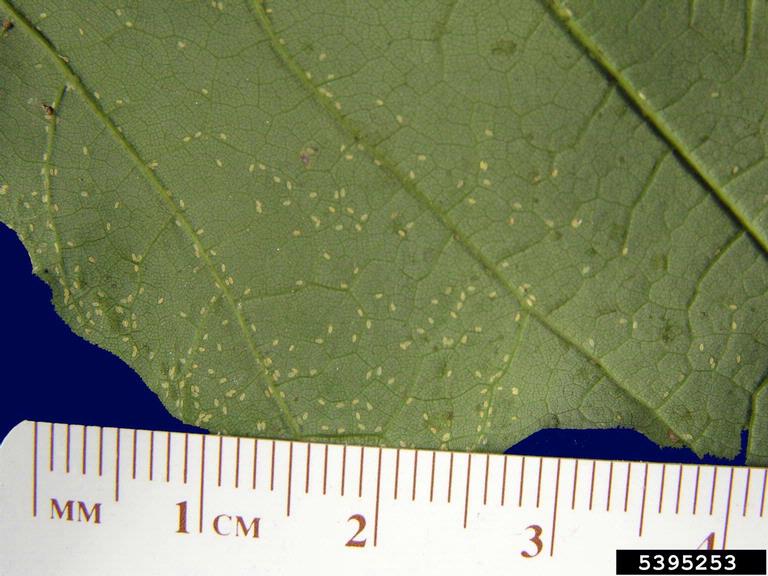Integrated Pest Management
European Fruit Lecanium Scale
Parthenolecanium corni
Pest Description
- adults: highly variable; females are ~ 1/8 inch; globular; yellowish to dark brown; mottled; males winged, fly-like
- immatures: crawlers (mobile stage) are tiny (3/64 inch), yellow orange and wingless
- immatures: nymphs are smaller, flattened and oval to globose; brownish yellow to dark brown
Host Plants, Diet & Damage
- many ornamental and fruit trees
- feed on plant sap from twigs, small branches and leaves
- can cause tree stress and decline
- honeydew production leads to sooty mold on leaves and branches
Biology, Life Cycle & Damaging Life Stage
- overwinter as 2nd instar nymphs in bark cracks on twigs or branches
- around April, females reach maturity and mate
- can reproduce without mating
- eggs are laid under the female scale covering
- egg hatch and crawlers migrate to leaves from mid-June through late-July
- in fall, 2nd instar scales migrate back to twigs
- one generation per year
- nymphs and adults are the damaging stages
IPM Recommendations
- Manage trees to improve or maintain health.
- Monitor scale populations on host plants.
- Apply an insecticide (carbamate; horticultural oil; insecticidal soap; organophosphate; pyrethroid) to coincide with scale crawler activity.
- Apply a systemic neonicitinoid in spring after leaves have expanded.
For more information, see our Soft Scales in Utah Landscapes fact sheet.




